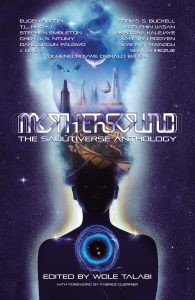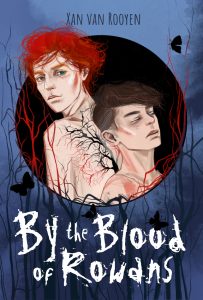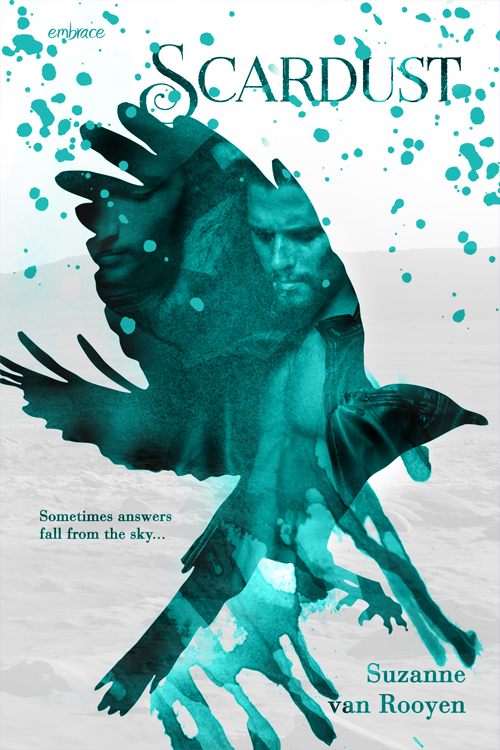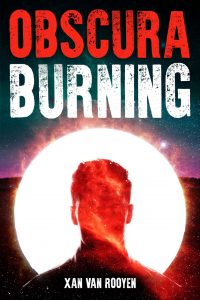I’m super honoured to be part of Freshly Squeezed Read’s Chapter One Blitz. Readers and writers alike know the importance of that first chapter, but it’s tough to get right. Writing an awesome first chapter is an art unto itself, plus, agents, editors, and readers all have certain expectations of a first chapter. In order to hopefully meet those expectations, I like to refer to my trusty checklist. Here it is…
1) Have I sucker-punched the reader with my first sentence? Now, I have read some very clever first sentences that deliver a solid right hook, only to fizzle into nothingness in the following paragraph. A killer first sentence can’t stand by itself. It has to relate to what comes next. One YA writer who I think does an amazing job with first sentences that segue into great first paragraphs is Maggie Stiefvater. If you don’t know this author, you need to! Go find her on Amazon right now, I’ll wait…
2) Have I introduced the main character in a way that makes the reader care? The easiest way to do this is to introduce your MC so that reader can relate to them. Show a vulnerability, a cute quirk, hint at their internal conflict – basically give the reader a reason to root for your character. In my new YA book, I Heart Robot, I deliberately opened the story with what was most important to main character – music – and how she felt alone with her passion, making her both quirky and vulnerable.
3) Have I established the setting? I like to know from the very first paragraph whether I’m in a medieval fantasy world or contemporary New York. Don’t keep the reader guessing at the where and when, but you don’t want to go overboard with description either.
4) Does something happen? This is possibly the most important function of the first chapter. Ideally, by the end of those first few pages you should have provided the reader with the inciting incident, the event which changes the status quo and sets the character on the story path. In I Heart Robot, by the end of the first chapters from both Tyri’s and Quinn’s POV (my two protagonists), something has definitely happened to set them on that story path and the reader is already going to be thinking ‘uh-oh’ at the inevitable conflict.
5) Have I established the stakes? This ties in with #1 and #4. By establishing what’s at stake for the MC, you will help the reader care about your character while kick-starting the plot.
6) Am I excited by this chapter? If you’re not excited to write the words, readers certainly aren’t going to be excited to read them. If the first chapter doesn’t make you fall in love with your story all over again, it might still need some work.
My final test for a good first chapter comes from handing it over to beta readers without giving them any description of the book. If by the end of chapter one they’re not sure of the setting, aren’t convinced they care enough about the character to keep reading, and
can’t tell me what the story is about, then back to the drawing board I go. I reworked the first chapters from Tyri’s and Quinn’s POV several times before settling on a final version and even those needed further edits, so don’t be afraid to rewrite.
A good first chapter is extremely important so be prepared to write and rewrite and rewrite that chapter again until it’s perfect. But also bear in mind that it doesn’t matter how awesome your first pages are if the rest of the book doesn’t live up to that first chapter’s promise.
Happy writing!













